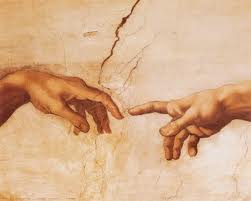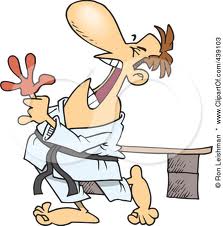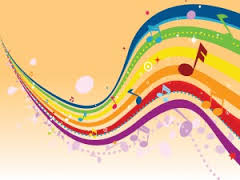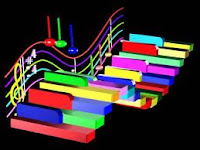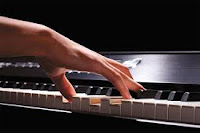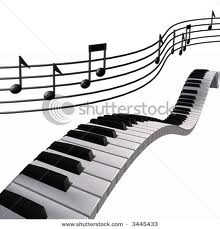A student writes: "I once asked my piano teacher if she ever gives performances and she said no, she does not have time. I then wondered whether if you are qualified enough to teach piano to a high standard, then you could have a career as a concert pianist since you know all there is to know about technique and can play piano to the required standard to get students through high exams."
My response: The expectation for those who teach at the college level is that they will continue to perform. In the academic world this is considered the equivalent of publishing. A typical teaching load for applied teachers—individual lessons—is about 18 contact hours per week. Add to that departmental, college and university responsibilities such as committees and other faculty advisory groups and office hours for counseling and the time can come to rather close to a 40 hour week. So, your teacher probably doesn't have time.
In order to maintain repertoire, never mind learn new works, it takes enough hours per day to make teaching and performing nearly two full time jobs. This of course does not take into consideration travel time and time away from students, which somehow has to be made up. For single people with no other life, this might be possible, at least until one or other of the jobs begins to suffer for lack of energy or interest. When I was an undergraduate I knew a faculty member, Lillian Steuber, who practiced three hours daily in the wee hours of the morning before she went to her studio to put in a full teaching schedule. During the time I was at the university, I heard her perform the cycle of Beethoven sonatas, for which she was celebrated, the Tchaikovsky concerto, two of the variations with orchestra from Liszt's Hexameron and a solo recital that included the Op. 25 Chopin etudes. Her playing was immaculate. This is a difficult life.
Performing is a calling. The love and study of music does not necessarily result in the ability or even a particular desire to perform. Playing the piano at a high level privately and performing publicly at the piano are two different mind sets. Both have value. Both can, but not necessarily, result in excellent teaching. I know fine pianists, brilliantly schooled in the how-tos and wherefores, who are very effective teachers but not so convincing as performers. And we all know those great masters, the ones students flock to for guidance because of their great artistry, the ones who may or may not know how they do it or how to explain it to someone else.
The student continues: "Forgive me if I am being silly here but do you need special training for playing with an orchestra? Is reading a score for orchestra different. I mean, you have to know when to stop and let the orchestra play and then know when to come in again and play your bit."
My response: Performing with an orchestra is a collaboration between pianist and orchestra. The audience, presumably, comes to the concert to hear the music. Yes, a particular artist is a draw, but in the final analysis, it is about the music. The orchestra can sometimes provide a supporting role, but how would the music sound without it? The orchestra is not merely an accompaniment but rather a partner. The relationship between piano and orchestra can change depending on the particular work. In Chopin concertos, for example, the orchestra has a more supporting role; in Brahms the orchestra is an equal, symphonic partner. The pianist studies the score in the same way he/she would in a solo piece, working out the solo part and adding to that the orchestra's contribution, so that the entire work is in the soloist's consciousness. This is like an actor in a play who has to learn his speeches, but also those of his co actors.
